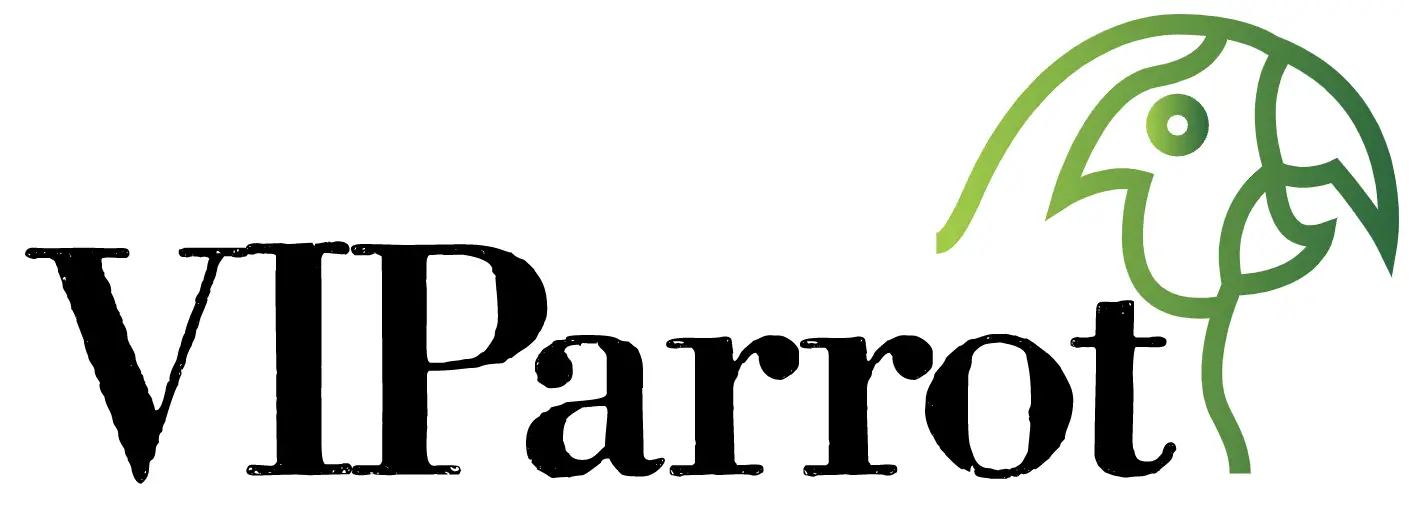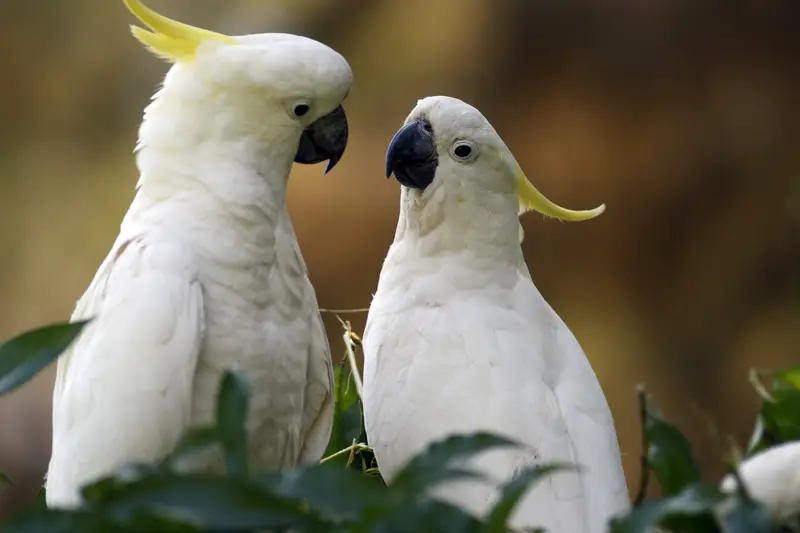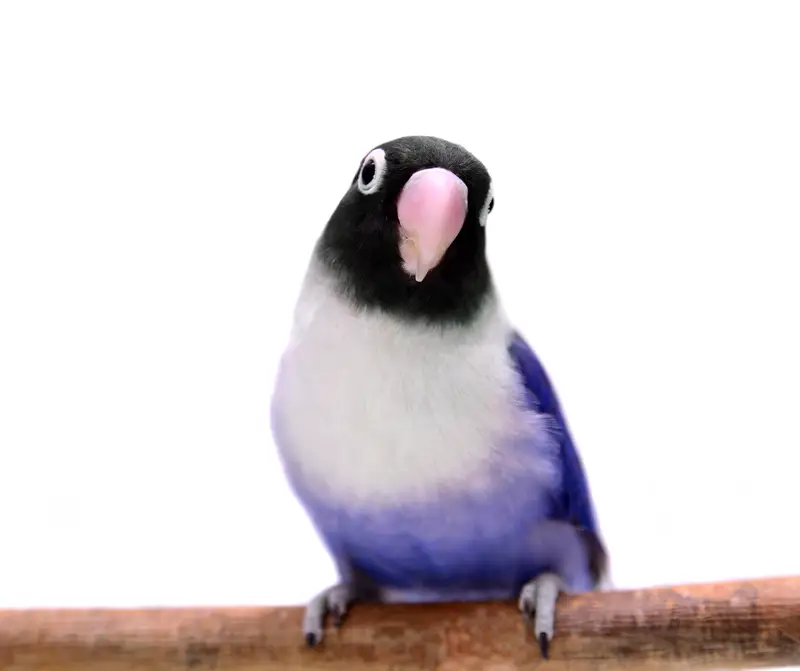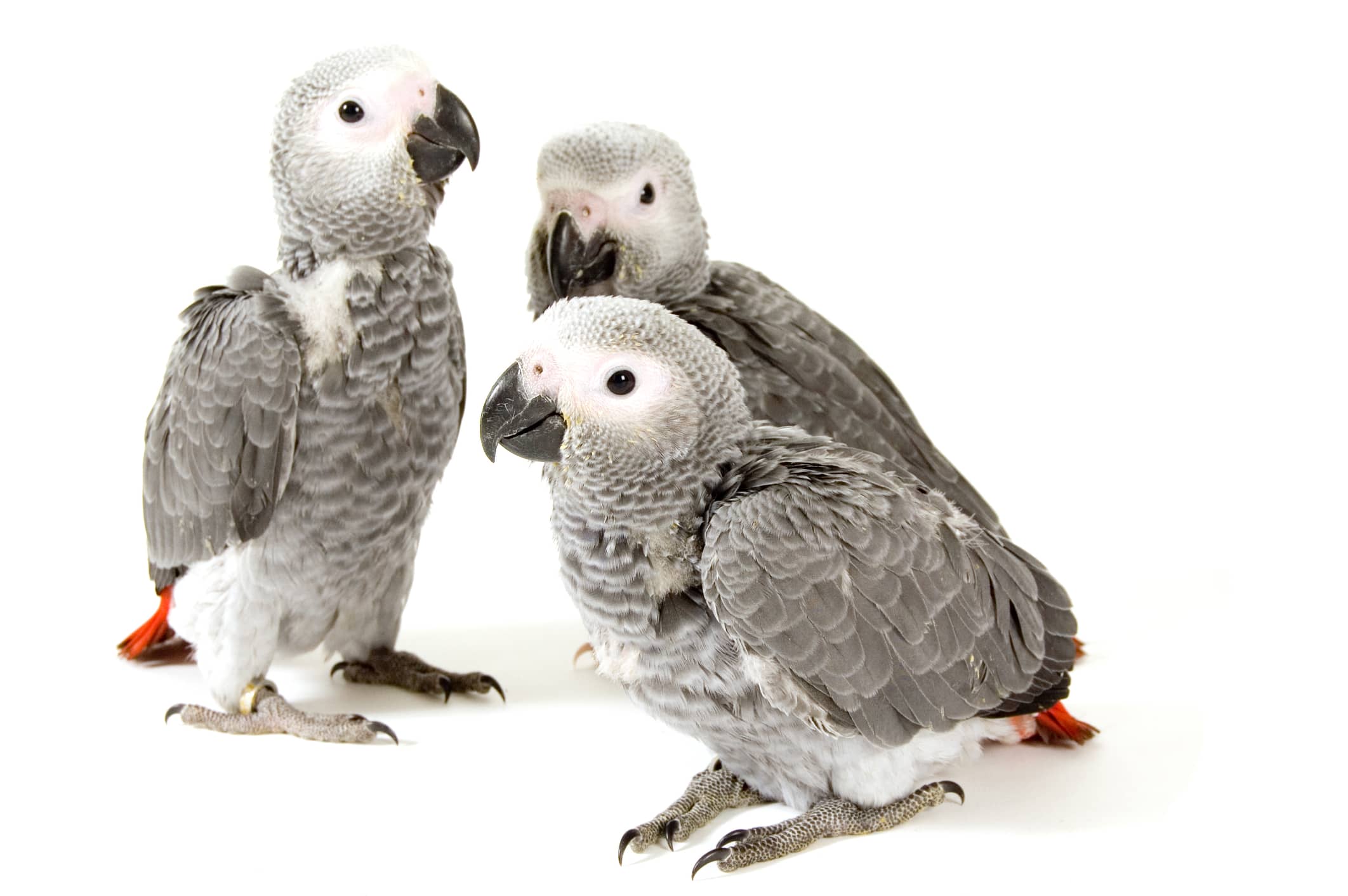Pet owners guide to the Red Bellied Parrot
- VIParrot
- February 10, 2023
- 12:12 am
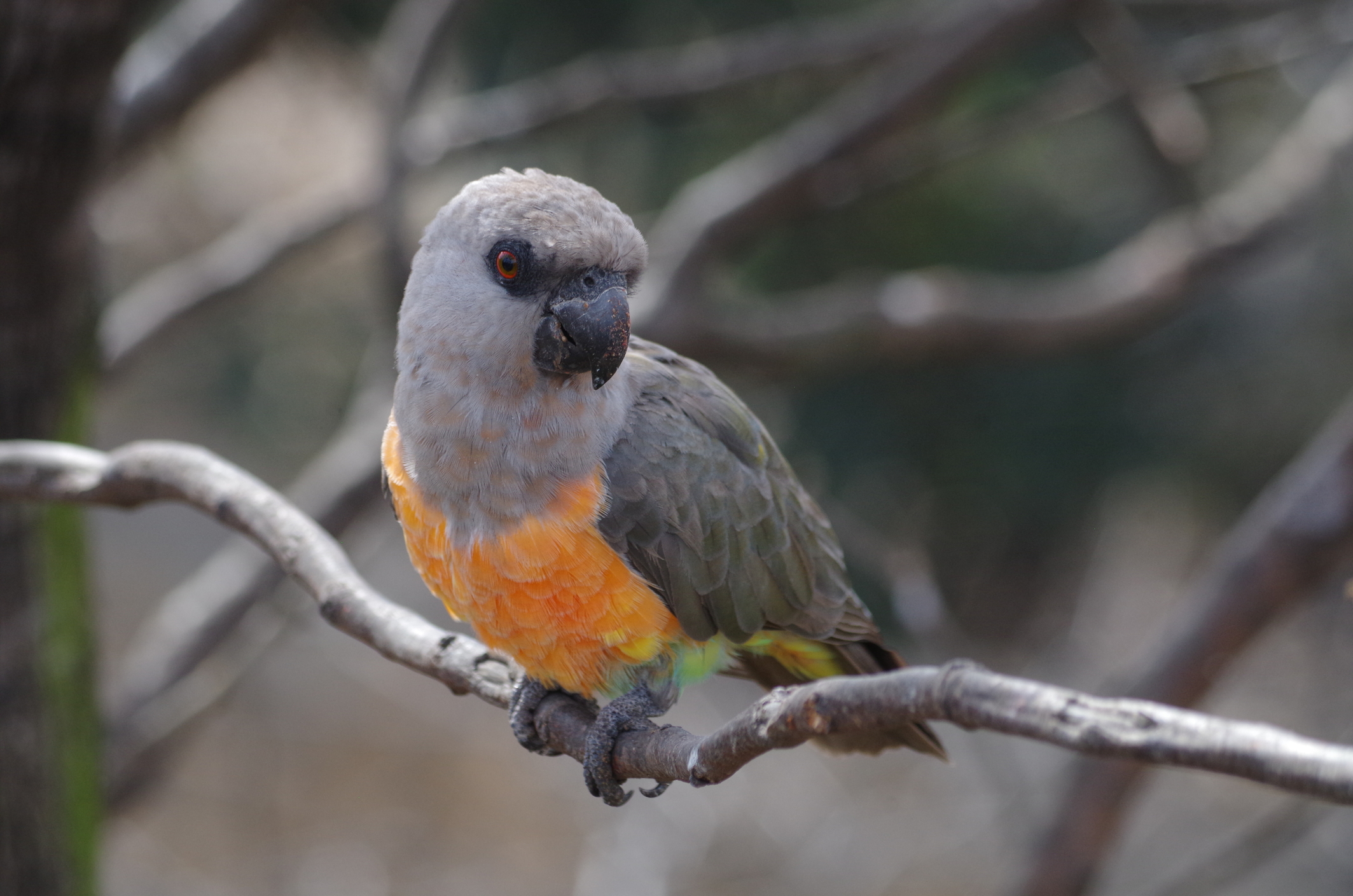
Species Overview
Also Known As: Orange-bellied parrot, African orange bellied-parrot
Scientific Name: Poicephalus rufiventris
Adult Size: 9 inches
Life Expectancy: 15-20 years
Is The Red-Bellied Parrot a good pet?
- Social and affectionate
- Fun loving
- Intelligent
- Great Talkers
- They can be loud
- Demand a lot of attention
General Information
The Red-Bellied Parrot is considered to be the best talkers and most outgoing of the Poicephalus Species. Their vocabulary can become immense and they are never shy about telling strangers all the words that they know. A prime example of why we should only use “good” words around our birds. Like others in this Order of Parrot, they have an anomalous, but; occasional phobic reaction. It has never been determined why or what the trigger(s) might be and it is not at all like the “Night Frights” that are so common to Cockatiels and other species. Sometimes they will just go into a frenzy of fear and then calm down with a little snuggling and soothing from their human family member(s). It passes quickly and does not harm them as far as has been determined. Their life span is normally 15-20 years and some have reached 30+.
They are affectionate and loving companions to humans. In fact, having two of any Poicephalus, for the purpose of giving them a friend while you are out of the home is really not recommended, although they live in social colonies in the wild, they don’t easily take to their own kind in captivity.
If you give your Red Bellied Parrot plenty of soft wooden toys to chew on and some good acrylic toys as both are a must, because they can be chewed on, tossed, played with and are easy for humans to use for interactive toys. These two materials will keep your fid from having overgrown or scissor beak, which is quite common to those not having proper beak grooming material. They entertain themselves while alone as much as they enjoy entertaining people.
Avoid cages with curlicue designs, the curves can snap off under heavy chewing, and Poicephalus parrots have very strong beaks. There have also been cases of tail feathers getting caught in them. It’s also better to get a rectangular or square cage. Birds need to have a corner they can retreat to when they are scared. Being in a round cage is the equivalent of being trapped in an open field-there’s no where to go, and they’ll always be checking for any signs of “predators”. This can exacerbate the Poicephalus parrots’ already nervous dispositions. Poicephalus parrots also tend to prefer cages with horizontal rather than vertical bars because they can climb. It’s also easier to hang toys or accessories.
What food do they eat?
Their diet should contain a limited seed mix of both small and large seeds, a good pelleted food and must be supplemented with a wide variety of fruits and vegetables in order to add balance to their diet.
Price
They can be rescued, adopted, or purchased at verified organizations or adoption websites like Petfinder. The Red Bellied Parrot price ranges from $400 to $600 from reputable breeders.
If you want to choose a breeder, make sure that the breeder is reputable by asking them how long they’ve been breeding and working with Red Bellied Parrots. Ask for a tour, but don’t be alarmed if you are unable to tour the facilities in which they keep the birds. Many reputable breeders opt to work under closed aviaries, which prevents diseases from infecting the flock.
How big is the Red Bellied Parrot?
The red-bellied parrot is a small parrot about 23 cm (9 in) long and weights 140 grams.
Temperament
Red-bellied parrots are very social and active birds. A well-socialized red-bellied will be quite friendly and will even enjoy being petted, especially on its neck or head. These birds are also very smart and love to climb.
Biting can, of course, happen with any animal with a mouth, but if you are patient and not forceful with a timid red-bellied parrot, you will be rewarded with an opportunity to give and receive some affection.
Common Diseases
They are a relatively healthy and robust little bird with a few vulnerabilities making them susceptible to the following:
– Chlamydiosis (Psittacosis)
– Psittacine Beak and Feather Disease
– Feather picking
– Respiratory Diseases- Aspergillosis
– Bacterial
– viral
– Fungal Diseases
– Calcium deficiency disorder and of course the Toxicities that most Parrots suffer from certain foods and materials.
